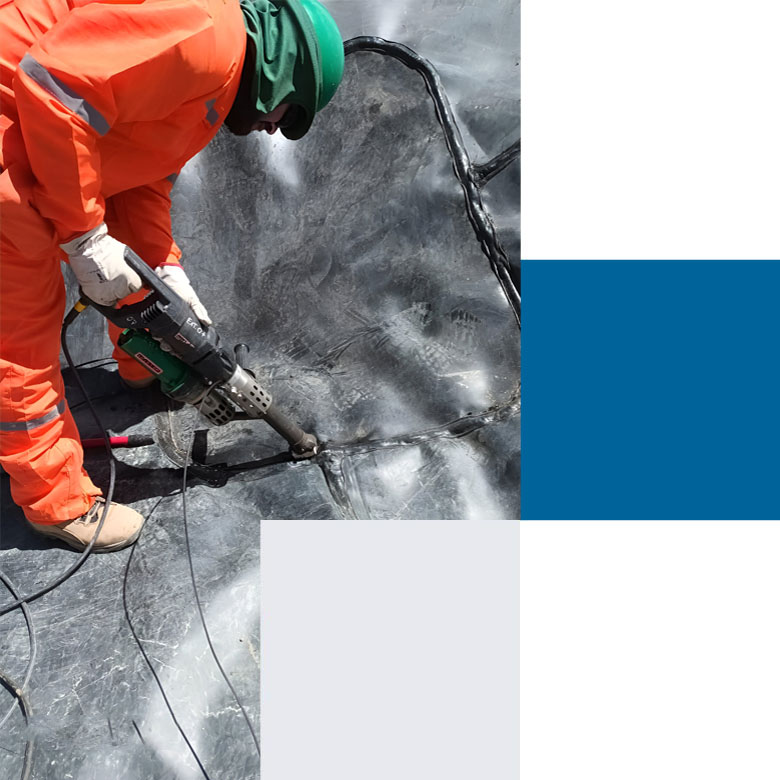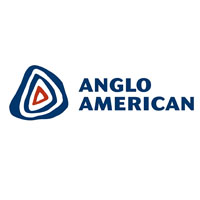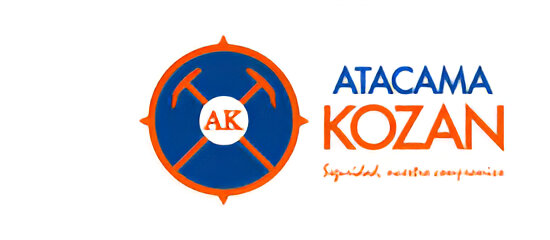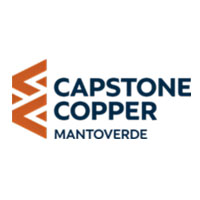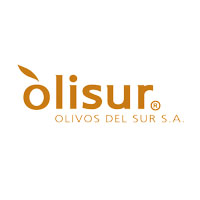+2000000
Installed HDPE-LLDPE geomembranes
+400kms
Welded HDPE Pipes
+1500
Units made of special pieces in HDPE pipes
+90
Employees
FREQUENTLY ASKED QUESTIONS
1.- What is HDPE and what is it used for?
HDPE, or high-density polyethylene, is a versatile and tough material that plays a key role in a variety of industrial applications. From packaging to piping, HDPE offers exceptional durability and flexibility, adapting to today's toughest demands.
Advantages of HDPE:
- Excellent Mechanical Properties: HDPE is a thermoplastic material known for its strength and durability, making it ideal for a variety of industrial and engineering applications.
- High Chemical Inertness: HDPE exhibits high resistance to a wide range of chemicals, making it suitable for applications where corrosion resistance is crucial.
- Excellent Electrical Insulator: Due to its dielectric properties, HDPE is commonly used as an insulator in electrical wires and cables.
- Odorless and Physiologically Inert: HDPE is a safe material for applications requiring contact with food and pharmaceuticals, as it does not emit odors and is biocompatible
2. What is hot melt and how is it used in HDPE?
Hot melt is a joining process used in the manufacture and installation of high-density polyethylene (HDPE) products. This process involves the controlled heating of the surfaces of the HDPE materials to be joined, followed by the melting of these surfaces using controlled pressure. Once the material cools and solidifies, the parts are permanently bonded together, creating a strong and durable connection.
Advantages of Thermofusion in HDPE:
- Leak-Free Joint: Thermofusion creates a solid bond between HDPE parts, ensuring no leaks in piping systems and other products that require tightness.
- Corrosion Resistant: HDPE thermofused joints are highly resistant to corrosion, making them ideal for applications in aggressive environments or in contact with chemicals.
- Fast and Efficient: The hot melt process is fast and efficient, allowing for quick installation and joining of components on the job site, minimizing downtime and labor costs.
- Adaptability to Different Sizes and Shapes: Hotmelt is suitable for joining HDPE parts of different sizes and shapes, making it a versatile option for a variety of applications.
- Permanent Bonding: HDPE thermofused joints are permanent and unaffected by adverse environmental conditions, ensuring a durable and reliable connection.
3. Types of hotmelt used at Roccflex
At Roccflex, we are committed to excellence in the joining of components made of.
high-density polyethylene (HDPE). To achieve this, we employ three specialized hot-melt methods, each tailored to different needs and specific applications
- Butt fusion: This method is ideal for joining large-diameter, high-pressure pipes. It involves heating the pipe ends and fusing them together directly, creating a solid, strong connection.
- Wedge fusing: Specifically designed for geomembrane installation, this method uses a heated wedge to fuse the edges of the
- Extrusion thermofusion: Perfect for precise repairs and modifications to existing pipelines. In this process, an extrusion device is used to fuse and join sections of pipe together, ensuring a durable and reliable joint.


